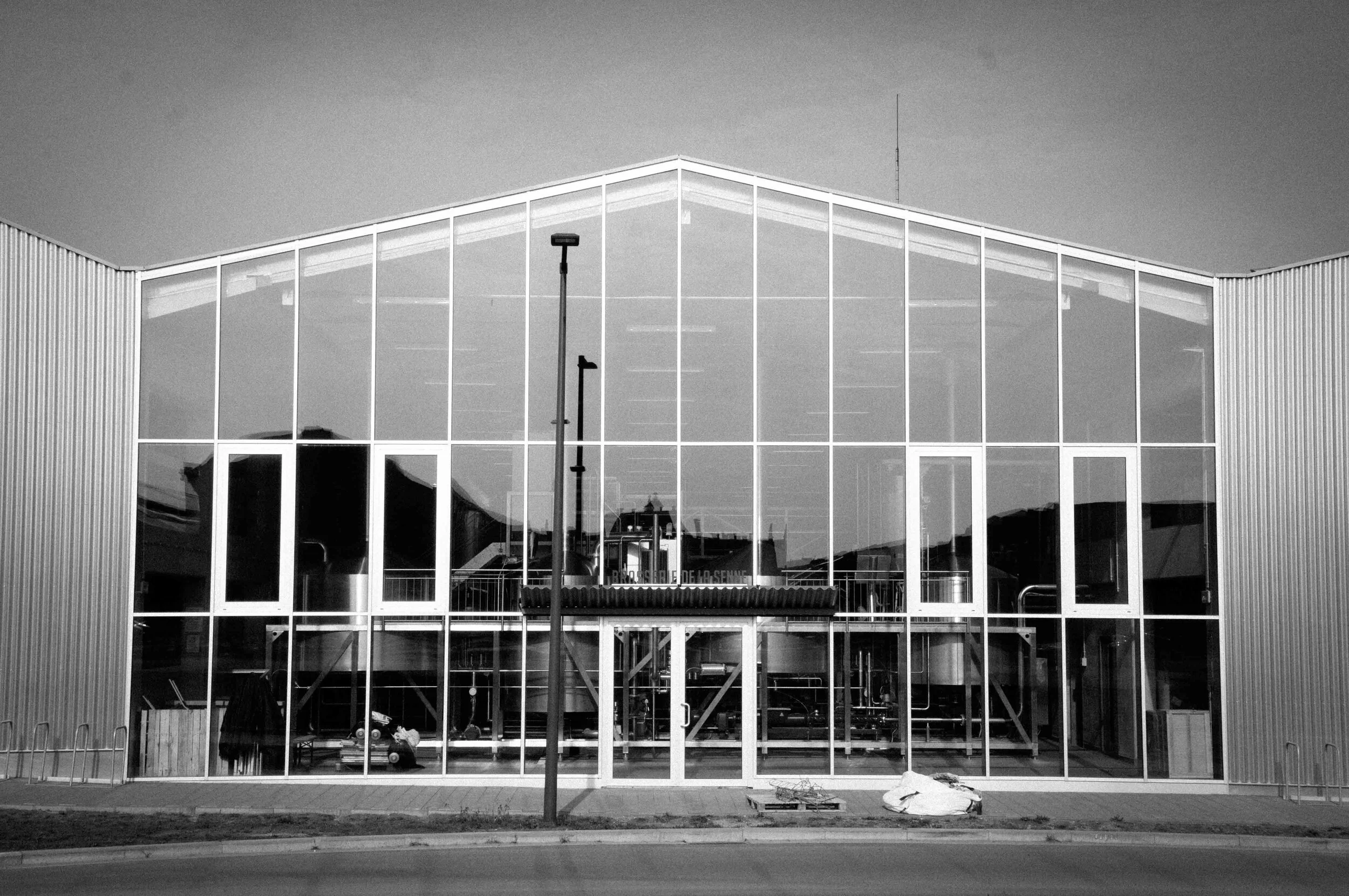A History of Brussels Beer in 50 Objects // #28 Gueuze Belle-Vue
Find out more about Brussels Beer City’s new weekly series, “A History Of Brussels Beer In 50 Objects” here.
Object #28 - Gueuze Belle-Vue
20th century
Brewery Life
How quickly can one beer obliterate centuries of brewing tradition? Very, if the fate of Brussels’ Lambic brewers is any measure. The privations of a second German occupation in 30 years - equipment requisitioned, scarce raw materials, and the enforced brewing of low-ABV fluitjesbier - meant the city’s breweries emerged vulnerable from WWII. Lambic brewers shared a particular vulnerability their conventional counterparts did not, a weakness most of them couldn’t escape.
Lambic, because of its archaic production methods, is more vulnerable than most beers to environmental fluctuations. Hot summers can spoil Lambic as it ferments in wooden barrels, by encouraging the propagation of unwanted microbes and unwanted flavours. And once this Lambic has been blended and bottles as a Gueuze, hot summers can cause these bottles to spontaneously pop their corks and even explode.
Which is exactly what happened in the summer of 1949. The temperature reached 36℃ in parts of Belgium, and in Brussels three million bottles exploded in the cellars and storerooms of the city’s Lambic breweries. There was one brewery that escaped the heatwave largely unscathed. And Brasserie Belle-Vue managed this because their Gueuze was not like the others.
Belle-Vue began life as a café, where Josef-Philemon Vanden Stock blended Lambic behind the bar. In 1943 Vanden Stock bought the defunct VosKina brewery in nearby Molenbeek, putting his son Constant to work. When Josef-Philemon was deported by the Germans to a concentration camp in August 1944, where he died less than a year later, Constant took on the job of guiding the family business through the wartime predations. He had a simple idea: make Gueuze more palatable. “Even as a child, I remarked that some people found Gueuze too hard,” Constant said later. So he “made it a bit softer and rounder” by blending greater amounts of younger (sweeter) Lambic for Gueuze Belle-Vue. This more sugary Lambic required pasteurisation to prevent overactive bottle conditioning and with it potentially explosive consequences.
It was this pasteurisation that insulated Gueuze Belle-Vue from the extreme temperature fluctuations blowing up its rivals. And the divergences from Lambic orthodoxy kept coming. Gueuze Belle-Vue was filtered, to remove yeast sediment, artificially carbonated, and topped with a cap instead of a cork. It was served not in traditional, large champagne-style bottles but in dinky 250ml ones that sold better as single servings in cafés.
Belle-Vue’s Capsulekes Geuze was tapping into a post-war consumer palate that was abandoning the tart complexity represented by traditional Lambic in favour of sweetness and simplicity. It was riotously successful, and rival Lambic producers could only keep up by imitating Belle-Vue’s transgressions. Many tried, and others were unwilling or incapable of adapting to the post-war industrialisation, modernisation, and commodification of food production.
Fuelled by the success of Gueuze Belle-Vue (and the brewery’s Kriek), the brewery hoovered up its beleaguered local rivals and relocated in 1969 to a new home on the canal.
In 25 short years Belle-Vue had become Brussels’ pre-eminent Lambic brewery, and its weatherproof Gueuze had demolished a 200-year-old brewing tradition.













